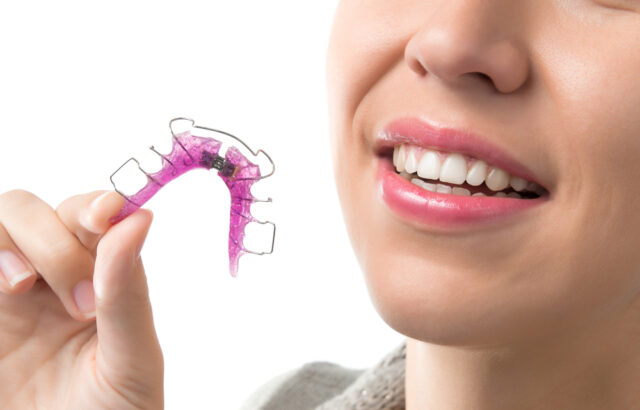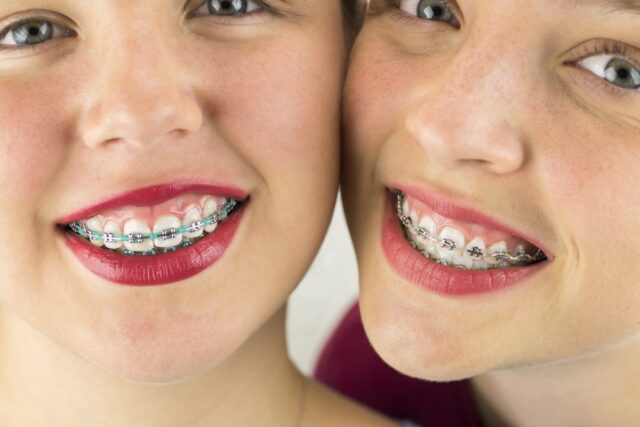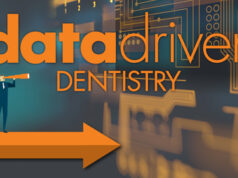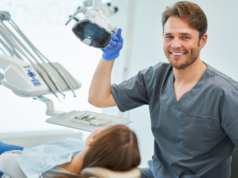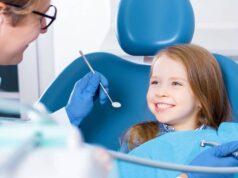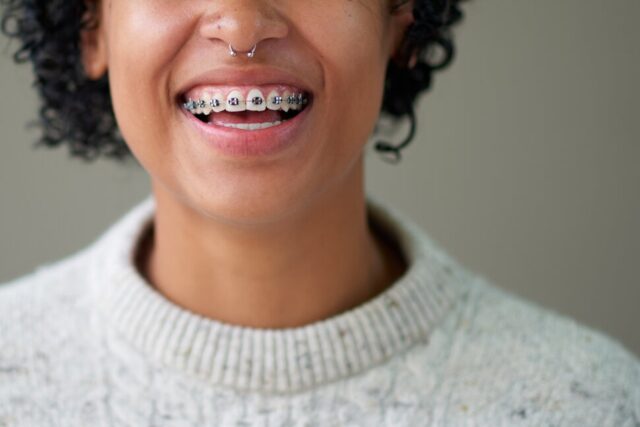
It is safe to assume that you are already familiar with the fundamentals of orthodontic braces treatment, whose primary purpose is to correct misalignment of the teeth. They are made of metal, wire, and elastic. You may have also heard horror tales about the mouth sores and food restrictions that come along with getting braces. The process of getting braces can be nerve-wracking. The good news is that it need not be terrifying. So, here’s everything you need to know about them.
What are dental braces?
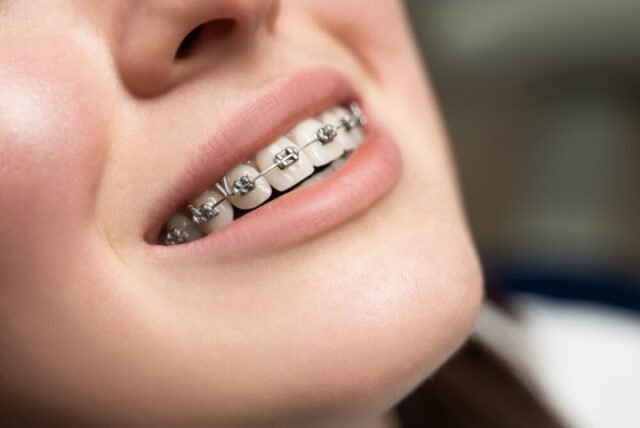
Brackets are a form of dental equipment used to correct misalignment and straighten teeth. Your orthodontist can use it as a stand-alone to address minor bite misalignment or in conjunction with surgery for more difficult situations. Brackets straighten teeth by consistently and gently exerting pressure on the tooth enamel. Over the course of orthodontic treatment, the dentist will adjust these forces meticulously. During a long period of time, your teeth will gradually shift into place.
If you or your child need braces, Kumra Orthodontics, a top-rated orthodontist in Stafford, VA, is here to help. Their experienced orthodontist offers a variety of braces options to fit your unique needs and lifestyle!
Different Types of Braces
While deciding on what kind of braces to have, you have several alternatives to pick from. A few such options are:
Fixed Braces
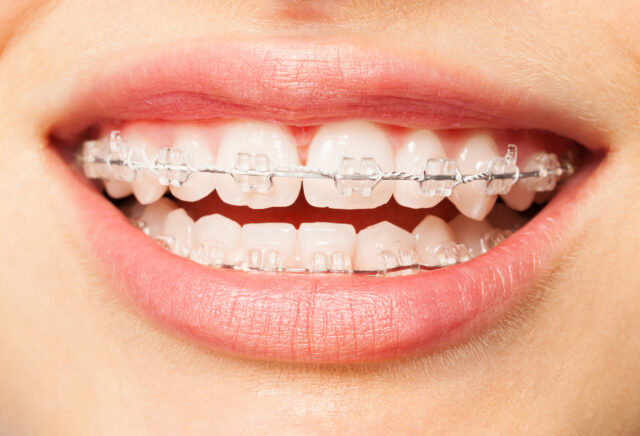
Fixed braces are permanently affixed to the teeth, and you wear them at all times, including when eating, brushing, and sleeping. Fixed orthodontic treatment options range from the more common metal braces to more innovative options like self-ligating and lingual braces.
Metal and ceramic are the two most common materials used to make conventional braces. An orthodontist using metal braces will bind metal brackets to your teeth. They’ll also use elastic bands to fasten a metal wire that runs between the brackets.
Ceramic braces are functionally equivalent to metal ones, but their brackets and arch wires are made to blend in with your teeth. As an additional measure to conceal orthodontic appliances, dentists often use transparent elastics.
Self-Ligating Braces
Self-ligating braces are an alternative to traditional braces; they are tie-less, so orthodontists don’t need to tighten them. They’re also easy on the teeth and gums. The lack of elastic ties makes self-ligating braces preferable for anyone concerned about oral hygiene.
Lingual Braces
Lingual braces, like conventional braces, consist of metal brackets. However, unlike the traditional braces, orthodontists place these braces behind the teeth. Because of this, people won’t instantly realize you’ve had braces. Unfortunately, lingual braces are the most costly option despite their stealthy design. That’s because it’ll be challenging for dentists to set them up, make any necessary adjustments, and clean them.
Removable Braces
This is the best orthodontic treatment for people who are self-conscious about their teeth, as they’re barely noticeable. They won’t damage your teeth; you may remove them whenever you choose. However, the only prescribed time for you to remove them is when you’re about to eat. Otherwise, wear them for 22 hours each day.
Your dentist will provide you with a series of aligners, each slightly different from the previous, to push your teeth gradually into place over therapy. Afterward, you’ll need to swap them out as directed by your dentist.
Reasons to Get Braces
Getting braces can help in numerous ways. Several examples are shown below:
Improve Bite
The term “bite” refers to the action of closing and opening one’s upper and lower sets of teeth. When you do this, the rows should touch without grinding or wearing down each other. Moreover, the line connecting the two sets of teeth should be free of any significant gaps.
You should get braces if your bite is off since they will move the teeth into better alignment. Avoiding issues with your temporomandibular joint (TMJ) also requires correcting a misaligned bite. If you have severely misaligned teeth, it might alter how you say particular sounds.
Boost Confidence
There is nothing more appealing than a set of pearly whites. That said, most people get braces to feel better about themselves. After getting your teeth repaired, you’ll feel more comfortable socializing and posing for photos.
Improve Oral Health
Maintaining good oral hygiene can be challenging if you have crowded or misaligned teeth. Brushing and flossing alone won’t be enough to thoroughly clean your gums and teeth. And when bits of food become lodged between your teeth, you increase your risk of cavities. Further problems with your teeth and gums will follow. Then, other dental health issues may follow.
Teeth that aren’t correctly aligned might also wear down the enamel of surrounding teeth through constant grinding and clenching. Tooth enamel serves as the teeth’s outermost layer of defense. Cavities are more likely to develop after their loss.
How Long Does Braces Treatment Take
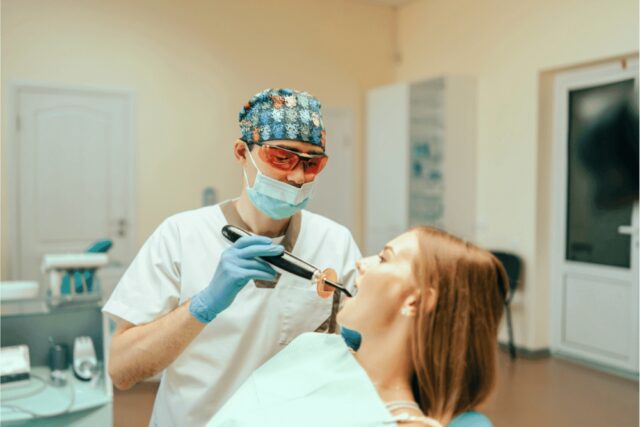
The time needed to correct orthodontic issues varies greatly, depending on the complexity of each individual case. However, the average time spent with braces is around two years. On the other hand, it might take over three years to finish for more severe instances.
You shouldn’t give in to the temptation to remove your braces too quickly, no matter how much pain they’re causing you. They’ll have to stick around until the newly established symmetry is completely secure. If you don’t, your investment of time and money will be for nothing. Keep in mind that the cost of braces isn’t cheap.
What to Do After Braces Installation
To ensure a smooth course of treatment, once the orthodontist has installed your braces, you will need to make minor adjustments to your daily routine. Here are some suggestions you may follow.:
Avoid Eating Certain Foods
After you wear braces, there are several foods you must avoid. Observing this is crucial because some of them might break your braces. Others may become stuck on your wiring and brackets, making them tough to remove. Plus, you’ll get the best results from your braces if you know what to eat and what to avoid.
Foods to avoid with braces:
- Hard candies
- Popcorn
- Beef jerky
- Caramel
- Chips
Foods you may eat with braces
- Banana
- Soup
- Pastas
- Oatmeal
- Cheese
Don’t Forget the Painkillers
Brackets and wires might be uncomfortable initially, but they eventually become second nature. While getting new braces fitted is usually not painful, getting used to the sensations and pressure on your teeth can initially be painful. A painkiller is recommended at all times, but especially before heading out. With this in place, you may be assured that your orthodontic care won’t interfere with your regular routine.
Make Brushing a Habit
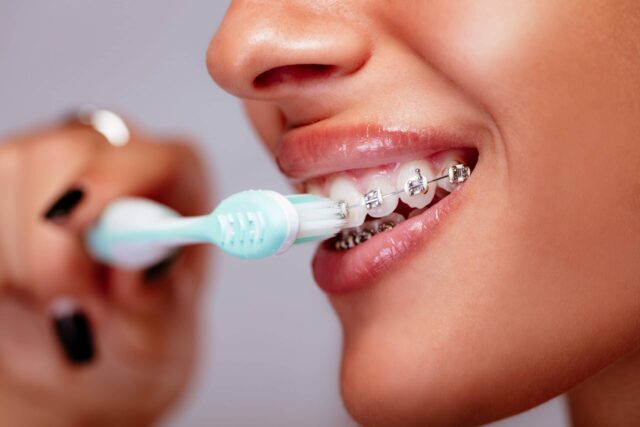
Brushing your teeth with braces will require more frequent cleanings than the twice-daily routine that is normally advised. This is because food may quickly become lodged between your teeth and brackets. You risk damaging your teeth and gums if you don’t clean them immediately.
Bottomline
Having dental braces involves dedication since you may need to alter some of your habits to achieve the best results. But know that after your orthodontic treatment is over, you will reap the benefits of your hard work. Consider the aforementioned data when you make your decision about this orthodontic treatment.

